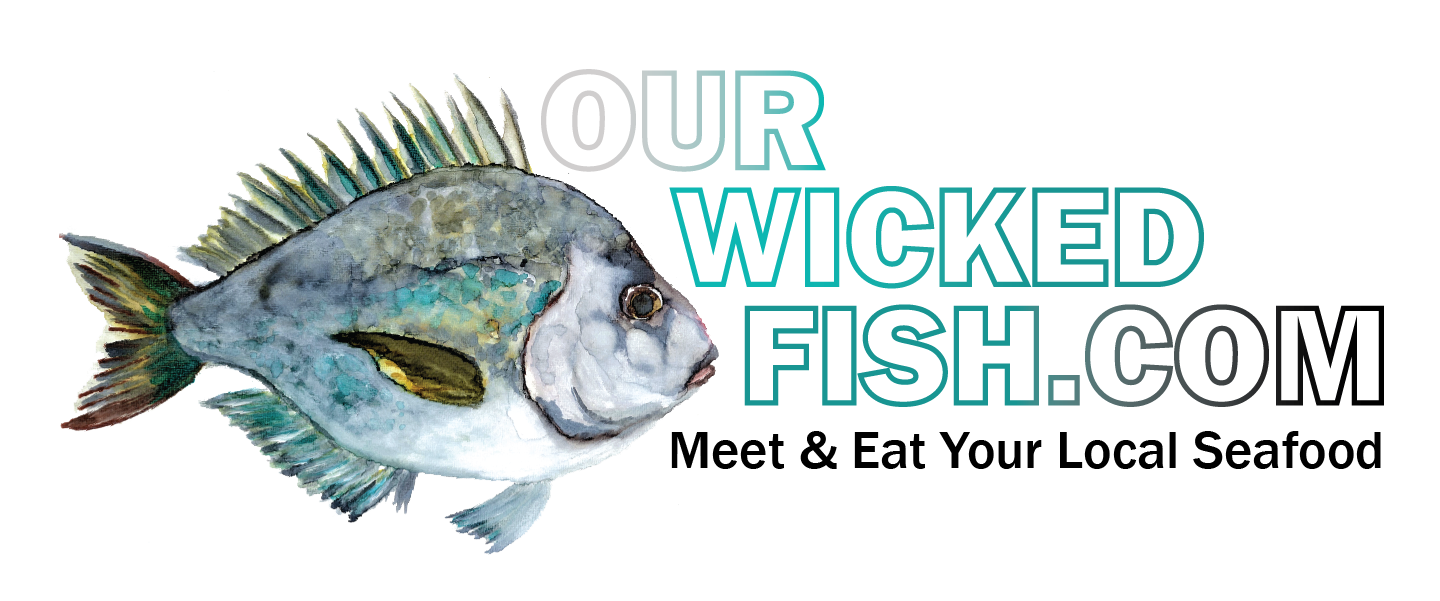Bay Scallop Vs. Sea Scallop
Sea Scallop (Placopecten magellanicus). Photo courtesy of Pixaby.com
Bay Scallops (Argopecten irradians) are small, sweet and very tender. Their size and texture make them great additions to soup, pasta and casserole dishes.
Harvest: By hand or by small dredges
Season: Begins as early as October. Season may last until March. Consult your town's regulations for exact dates.
Sea Scallops (Placopecten magellanicus) can have a shell wider than 6 inches across. They are found from the Mid Atlantic to Canada at depths from 25m to 200m. They prefer sand and gravel substrates. Their size and texture make them great for pan searing
Harvest: Dredges are used in the North Atlantic.
Dredges and trawls can be used in the Mid-Atlantic region. "Diver Scallops" refer to scallops that are picked up by hand by divers.
Season: Available year round
Size Limits: Must have a 3.5in. shell height (distance from hinge to farthest crest). There is no maximum shell height regulation. In Massachusetts, a recreational sea scallop harvester is limited to 1 bushel (about 9 gallons) of in-shell sea scallops OR 4 quarts of shucked meat, per day.
The Market
New Bedford, Massachusetts
In 2013, NOAA concluded that New Bedford was the port of 130 million pounds of seafood that was valued at $379 million. Scallops accounted for $300 million alone. Scallops made New Bedford the most valuable port in the United States.
Price
According to NOAA, on average, the ex-vessel price (the price fishermen receive for their catch) of bay scallops rose from $12.47/lb in 2012 to $13.57/lb in 2013.
Similarly, the ex-vessel price of sea scallops rose from $9.83/lb in 2012 to $11.41/lb in 2013
More Information: NOAA 2013 Current Fisheries Statistics
WET SCALLOPS VS. DRY SCALLOPS
Wet Scallop: Scallops that are attractively bright white may be referred to as "Wet" scallops. They are bright in color because they have been treated with phosphates for preservation (this is a common practice with fish and squid, too). The preservatives cause the scallops to soak up/retain water. This results in the consumer paying more money for water and ending up with a shrunken scallop once the water evaporates during the cooking process. Wet scallops are commonly used for batter frying but sear poorly compared to dry scallops. The phosphates also reduce the scallop's taste and makes them spongy.
Dry Scallop: Dry scallops are scallops that have not been treated with phosphates. Instead, they were shucked on board and immediately frozen/refridgerated. They are off-white to tan in color. They caramelize on their own when pan seared and do not shrink as extensively as wet scallops when cooked.
To see the difference, check out this YouTube video on Wet Vs. Dry Scallops!




